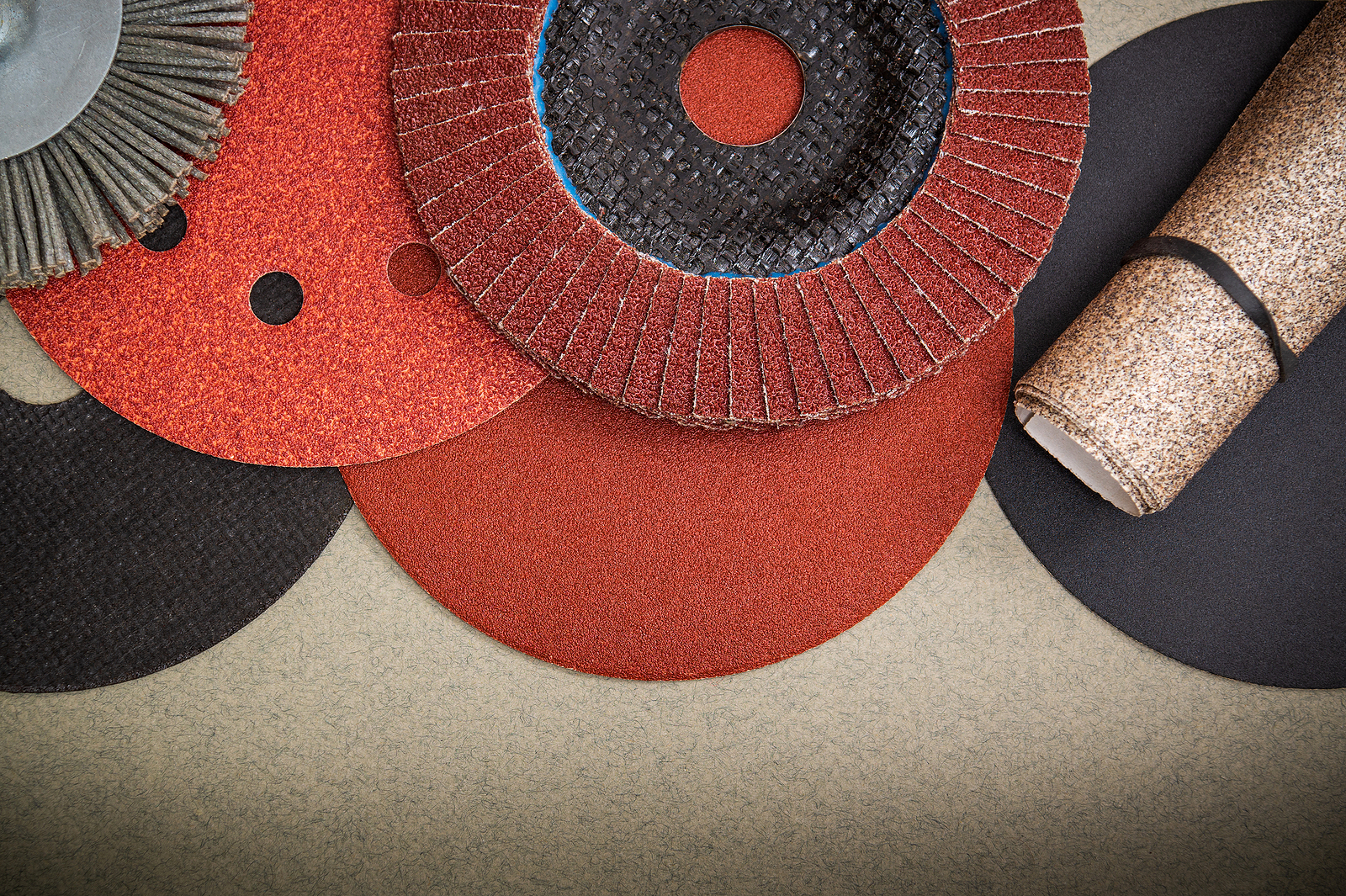Posted by Sandpaper America on Jun 2nd 2022
FAQS About Sandpaper Abrasives
Whether you are new to the world of carpentry and sanding, or you are simply interested in brushing up on your abrasive basics, this blog can help. Learn some important and fundamental information about sandpaper and more by reviewing the frequently asked questions about sandpaper abrasives, below.

Frequently Asked Questions About Sandpaper Abrasives
What is Sandpaper?
Sandpaper is a widely-used and beneficial product that is highly effectual in the world of woodworking, carpentry, and more. It is used to shine, polish, smooth, even, level, finish, and shape wood. It can also be used on several other materials, like metal, plastic, and more. Everything from drywall seams to windowpanes, and much more can benefit from sandpaper applications.
What is Glass Paper?
Glass paper is a generic term seldom used to describe modern-day sandpaper. Glass paper is an outdated term because sanding abrasives and sheets are no longer made with bits and pieces of glass.
Which Sandpaper Do I Use for My Project?
There are several types of sandpaper, all of which are designed for different sanding needs, stages, and effects. Projects that require manual sanding are best implemented using an aluminum oxide sandpaper. These projects usually involve sandpaper sheets and sanding blocks. Aluminum oxide paper is also effective for metal and wood sanding projects. For projects that involve using motorized equipment, like a sanding belt, ceramic sandpaper is the right choice. For joint compounds, metals, and plastics that required smoothing, silicon carbide sandpaper is the appropriate type of abrasive to use.
What are Sandpaper Grades?
There are many different grades of abrasives, all of which depend on the type of project, material, and finish you want. The grade of sandpaper is measured by its “grit” or coarseness; the higher the grit, the finer the grade. There are three basic grades of sandpaper, all of which retain separate grit counts. These include course grade (40 to 60 grit), medium grade (80 to 120 grit), and fine grade (150 to 180 grit).
What is Sanding Sequence?
Sanding in sequence means to use sandpaper in a succession, starting with the coarsest grit abrasive appropriate for the type of material you are working with, and working your way up to the finest grit. The recommended sanding sequence is 80 - 100 - 120 - 150 - 180 - 220 - 320.
What is the Difference Between Natural Abrasives and Manufactured Abrasives?
In history, natural rock and other mineral elements were the go-to tools for sanding and polishing. These minerals included flint, garnet, corundum, and of course, sand, and are considered “natural” abrasives. Manufactured abrasives are those created and developed in a factory, including silicone carbide, ceramic, and aluminum oxide sandpaper.
What is the Difference Between Open and Closed Coat Sandpaper?
If the backing of a sanding belt, sheet, or disc is closed coated, it means that 100 percent of that backing is covered in abrasive grains; that means no gaps whatsoever. Closed coated abrasives are the most common form of sandpaper used for finishing and sanding and should always be used unless you are working with a softer material like pine or aluminum. Semi-open coated and open-coated sandpaper is simply abrasives that are manufactured with a lower degree of abrasive grains on their backing. Compared to closed coat abrasives, semi open coat is modified with 30% less abrasive grains and open coat is modified with 50% less abrasive grains.
Are you looking for quality sandpaper abrasives you can afford? Call Sandpaper America at 1-800-860-SAND to buy quality abrasives like belts, wolf heads, sanding sheets, rolls, and more. We offer the most competitive prices for abrasives and convenient online ordering across the nation!
You Should Also Read:
What
Makes a Good Quality Sandpaper?
Which
Sandpaper Grit Do I Use on Metal?
The
Common Kinds of Sanding Paper

